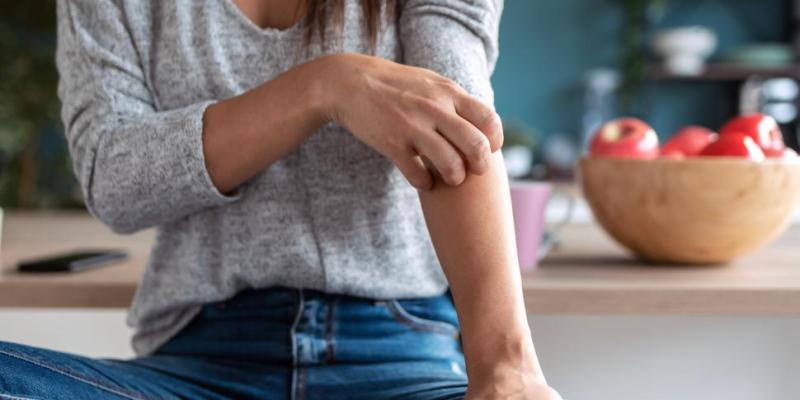Diabetes can affect every part of the body, including the skin.
In fact, skin problems are sometimes the first sign that a person has diabetes.
Some are cause for concern, while others may simply be a cosmetic issue (harmless). Regardless, you should keep an eye out for changes in your skin and talk to your doctor about any concerns you have—it’s better to be safe than sorry. Luckily, most skin conditions can be prevented or easily treated if caught early.

Some of these problems are skin conditions anyone can have, but people with diabetes get more easily. These include bacterial infections, fungal infections, and itching. Other skin problems happen mostly, or only, to people with diabetes. These include diabetic dermopathy, necrobiosis lipoidica diabeticorum, diabetic blisters, and eruptive xanthomatosis. Expand the items below to learn more about each skin condition and discover helpful skin care tips.

